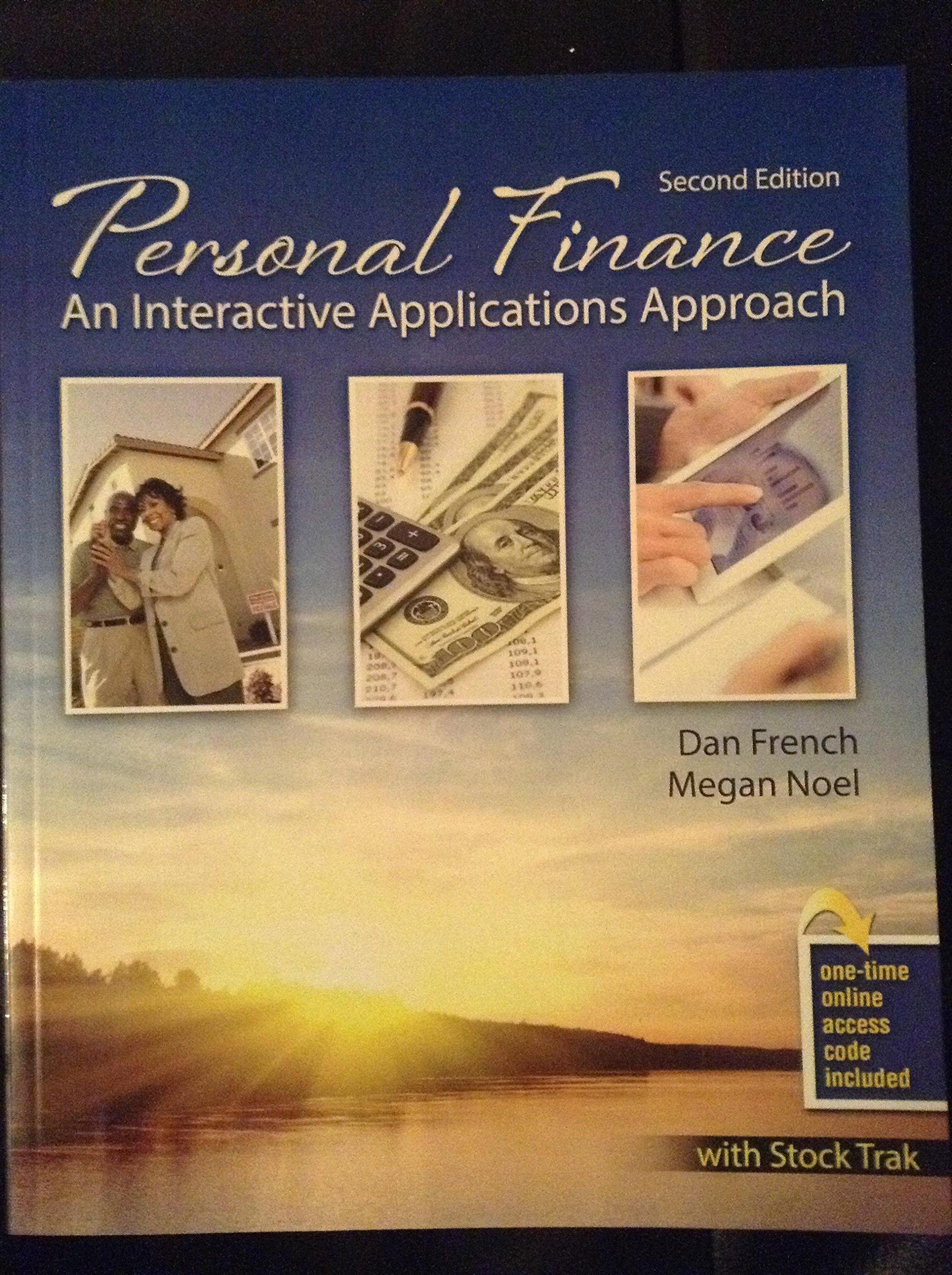Question
Consider a stock with current price 10 which over the next year can move up to 12 with probability 0.6 and down to 8 with
Consider a stock with current price 10 which over the next year can move up to 12 with probability 0.6 and down to 8 with probability 0.4. The annual risk-free rate is 2%.
b) What is the theoretical, no-arbitrage, price of a put option with an exercise price of 10? What is the price of a call option with an exercise price of 10?
d) What is the expected payoff of a call option with K = 10 calculated using the real probabilities? Is this larger or smaller than with the risk-neutral probabilities? Explain why it is larger/smaller.
e) What is the appropriate rate to discount the expected payoff from part d) at to give the same price as calculated in part b)? Did you expect this? Explain the relationship between this discount rate and the risk-free rate.
Step by Step Solution
There are 3 Steps involved in it
Step: 1

Get Instant Access to Expert-Tailored Solutions
See step-by-step solutions with expert insights and AI powered tools for academic success
Step: 2

Step: 3

Ace Your Homework with AI
Get the answers you need in no time with our AI-driven, step-by-step assistance
Get Started


